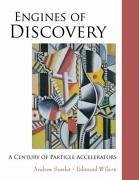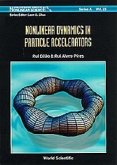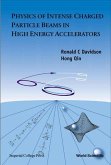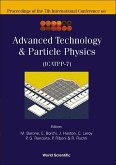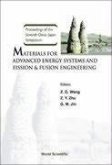This book for the first time chronicles the development of particle accelerators from the invention of electrostatic accelerators, linear accelerators, and the cyclotron to the colliders of today. It also addresses accelerators employed as sources of x-rays, for medical purposes, and in industrial applications. The book identifies the crucial discoveries in applied physics and engineering that have driven the field and gives the reader insight into the people who made these discoveries as well as the methods they used. Particle accelerators exploit every aspect of today's cutting edge technology to the full and they themselves have contributed to these technologies. It is a saga every bit as fascinating as man's mastery of transport and communications a century before and from which we have much to learn for the future. Thus, the book should appeal to the general public, scientists, and students.The field of accelerator physics is, at this time, a very active field. The governments of developed and developing countries spend hundreds of millions of dollars annually on particle physics research ¿ a pure science with important implications for the understanding of not only particle physics, but also astronomy and cosmology. At the same time there is much activity in developing light sources and spallation neutron sources ¿ both employed for extensive studies in surface science, chemistry, biology, and medicine. There is also large commercial activity in producing accelerators for industrial and medical use.
Bitte wählen Sie Ihr Anliegen aus.
Rechnungen
Retourenschein anfordern
Bestellstatus
Storno

